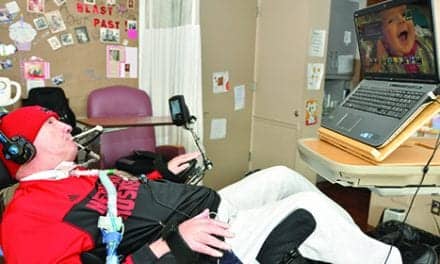.png)
More than 10 years ago, a class of drugs called COX-2 selective inhibitors was introduced into the market for stroke treatment and pain relief. These drugs were designed to retain the advantages of aspirin and other non-sterodial anti-inflammatory drugs, or NSAIDs, without risking stomach damage to the patient. In large-scale clinical trials the COX-2 selective inhibitors reportedly yielded dangerous side effects including an increased risk for heart attack and strokes. However, “Some of what COX-2 does, it turns out, is good,” says Katrin Andreasson, MD, senior author of the recent Stanford study and associate professor of medicine at Stanford University.
Andreasson says that there are benefits that may be obtained from the molecular activity in COX-2. NSAIDs block both COX-2 and COX-1, which are two similar versions of cyclo-oxygenase, an enzyme that catalyzes a key chemical reaction in the production of five related hormone-like messenger molecules called prostaglandins. One type of postaglandin, PGE2, is known to be associated with pain and inflammation and COX-2-selective inhibitors cause PGE2 levels to drop in relation to other prostaglandins, making them effective pain relievers.
Andreasson and her team used a mouse model of stroke to show that activating one of PGE2’s four separate counterpart receptors, EP4, after a traumatic brain event such as a stroke can be beneficial.
The team employed a compound that selectively binds to and activates EP4. According to researchers, the EP4 activation resulted in an increased production of nitric oxide, relaxing muscle cells surrounding the blood vessels and enhancing blood flow. As a result, the study suggests that administering this compound by injection as much as 3 hours after the stroke reduced the amount of brain damage the mice suffered and enhanced behavioral recovery. By contrast, researchers say the inactivation of the EP4 receptor on the mice’s nerve cell increased stroke severity in the mice and worsened their recovery.
The study’s next reported focus will be extending the therapeutic window from 3 hours to 6 hours after stroke in the behavioral recovery of mice treated with the EP4-activating compound. However, Andreasson cautions that many therapies, including those that are highly successful in mice, may still fail in the clinic.
The study was recently published in the Journal of Clinical Investigation.
Source: Stanford University School of Medicine




